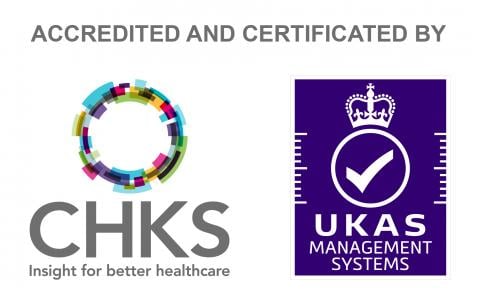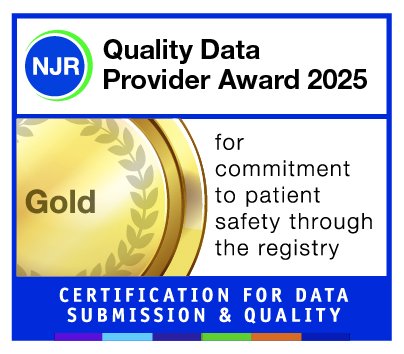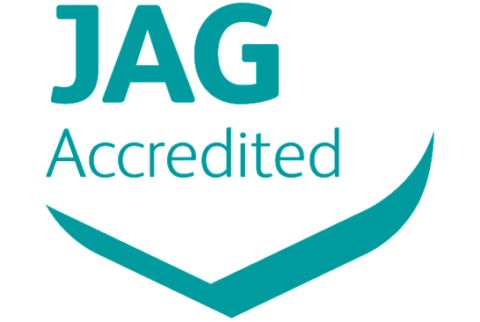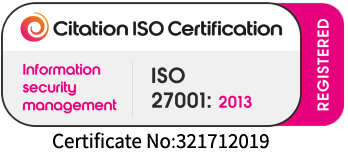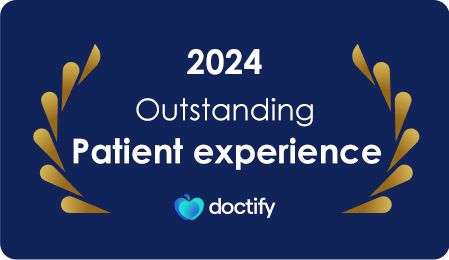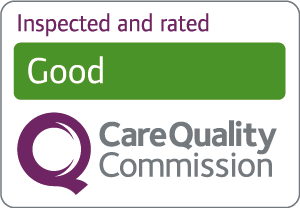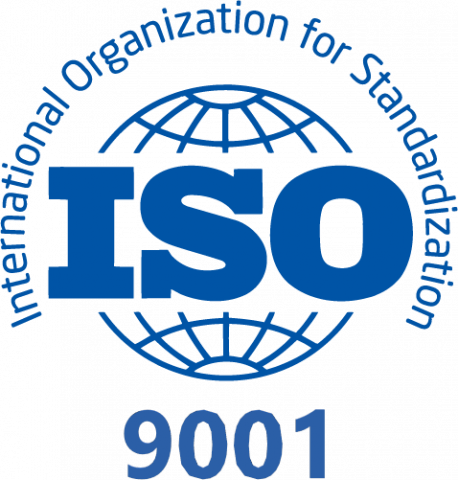PRP Treatment for Orthopaedic Injuries
Part of a multidisciplinary Orthopaedics team, our internationally-acclaimed Orthopaedic Consultants provide patients with the latest cutting-edge treatments. One such treatment is Platelet-rich Plasma (PRP) therapy, which aims to accelerate the body’s healing process using protein-rich platelets. A treatment used by a range of high-profile sports stars to speed up their recovery from injury has soared in popularity in recent years.
At New Victoria Hospital, our Consultants are experts in administering PRP treatments for an array of Orthopaedic injuries and issues. Supported by a team of experienced nurses and specialist physiotherapists, they will also ensure you enjoy the highest standard of care.
Consultants and Clinic Times
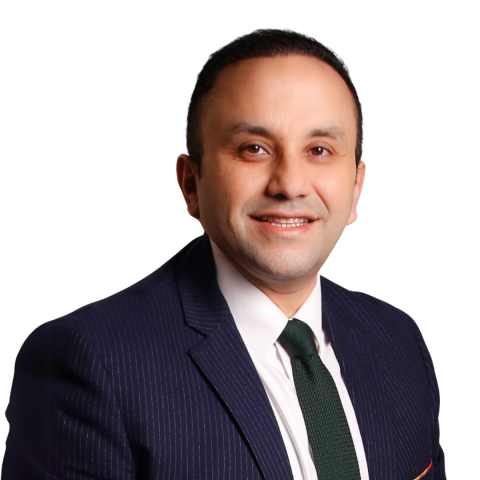
Professor Mo Imam
MD, DSportMed, PhD, FRCS
Specialities
Orthopaedics, Upper Limb Surgery

Mr Anshul Sobti
MBBS, Diploma in Orthopaedics, DNB Ortho, MCh Ortho, FRCS (Tr & Orth), MFSTEd
Specialities
Orthopaedics, Hip & Knee Surgery, Paediatric Orthopaedics

Mr W James White
FRCS (Tr&Orth), MBBS, BSc(Hons)
Specialities
Orthopaedics, Upper Limb Surgery

Mr Mike Williamson
MSci, MPhil, MB, BChir, MRCS, FRCS (Tr+Orth)
Specialities
Orthopaedics, Foot & Ankle Surgery

